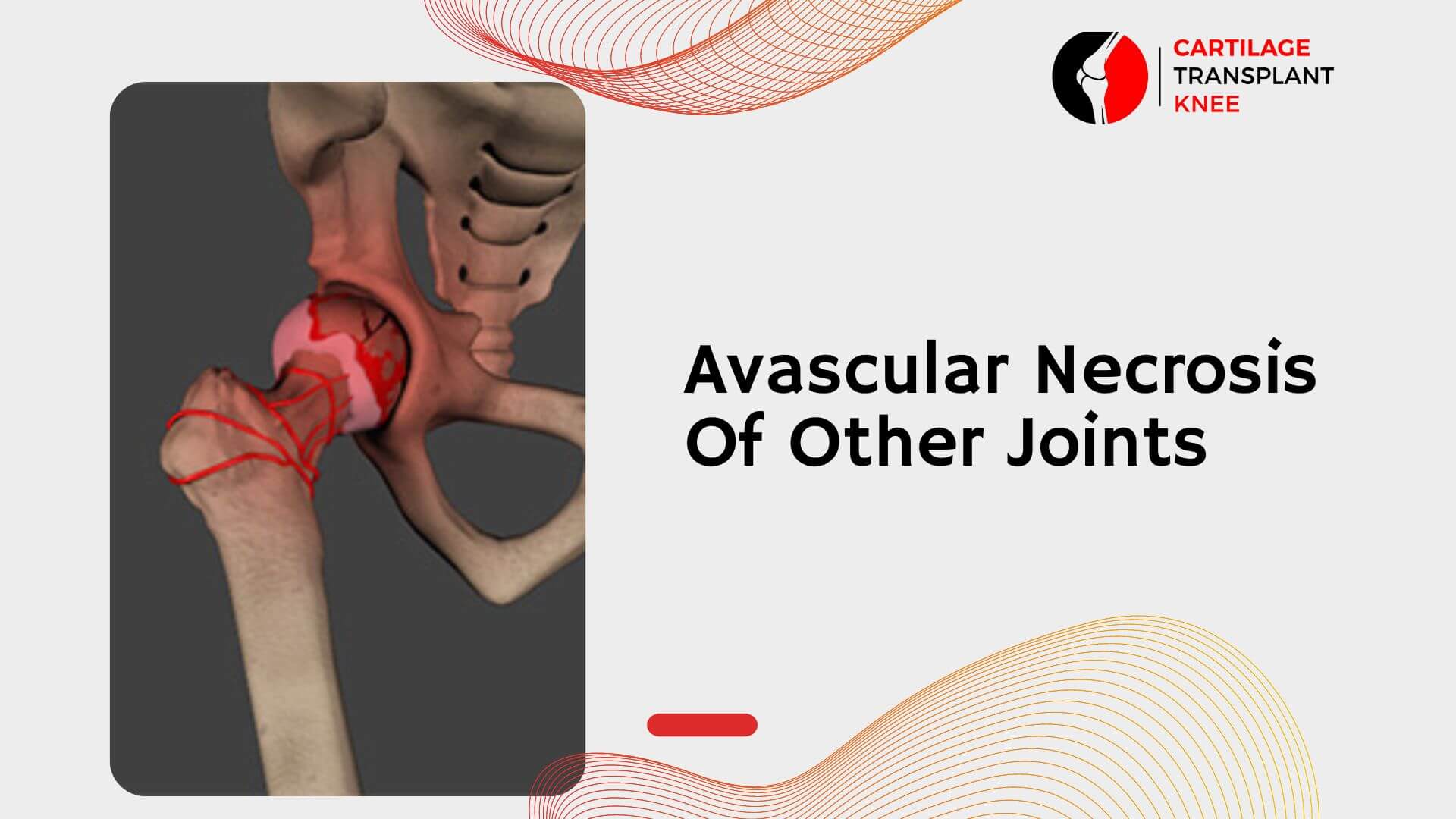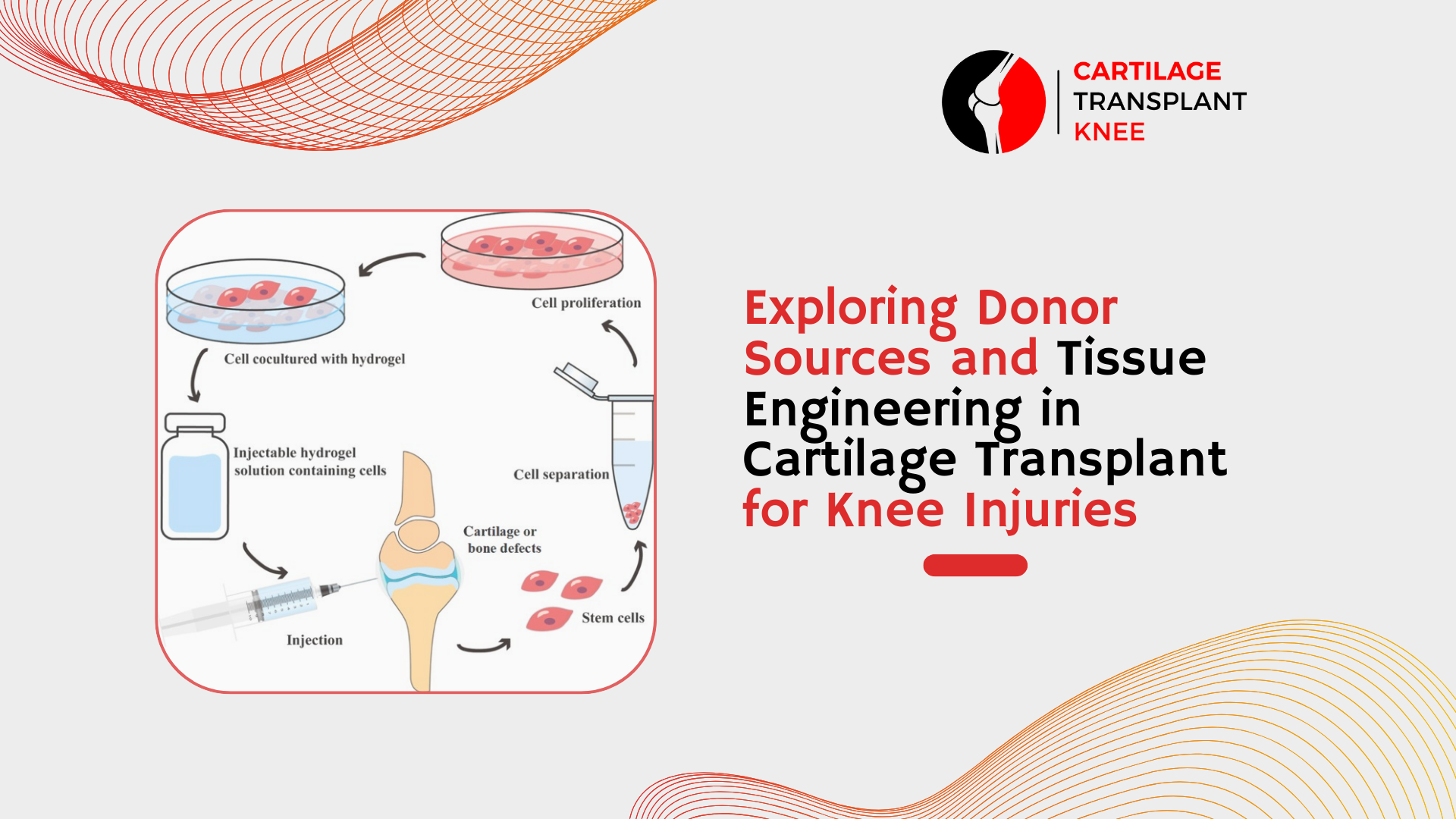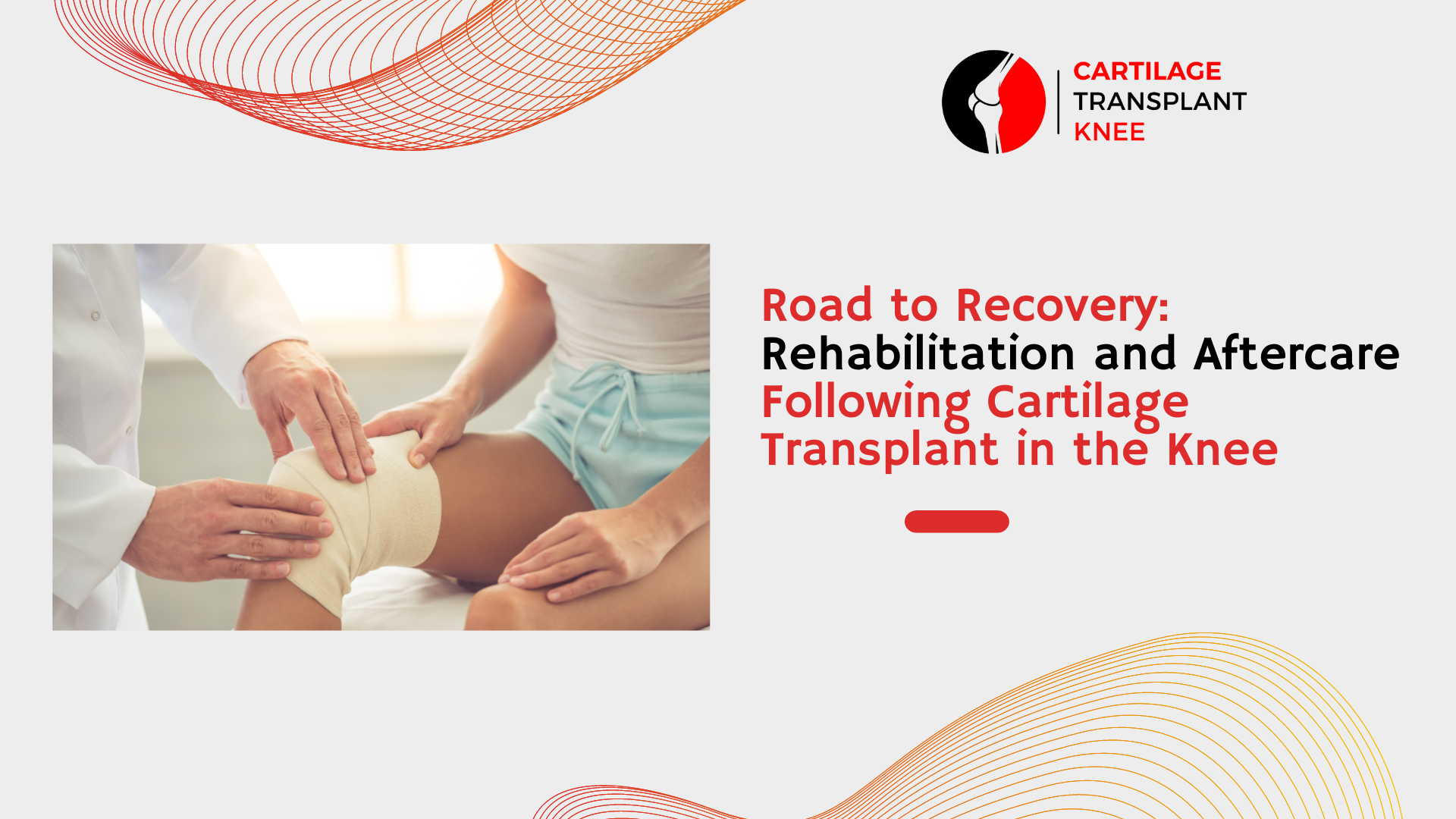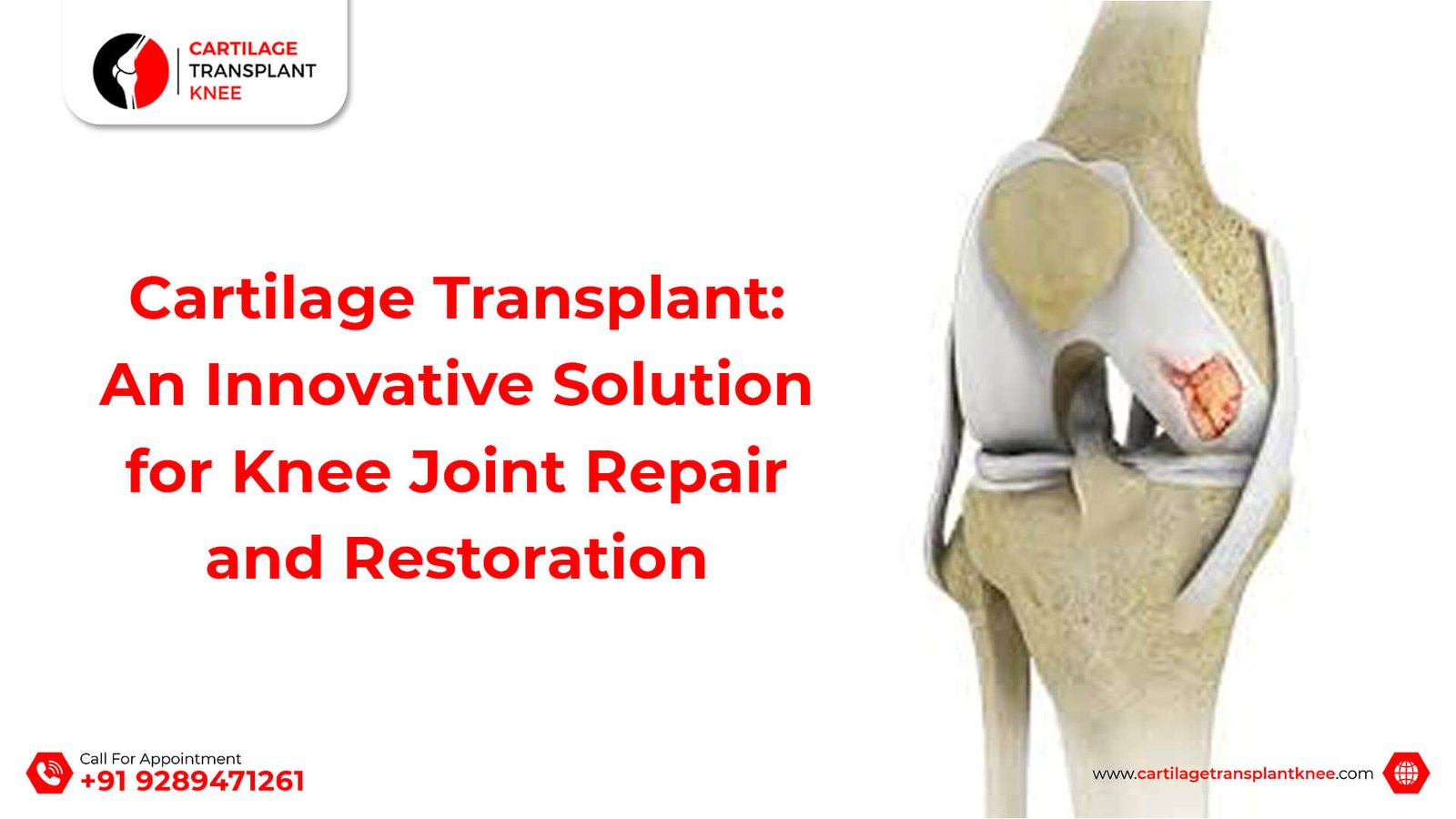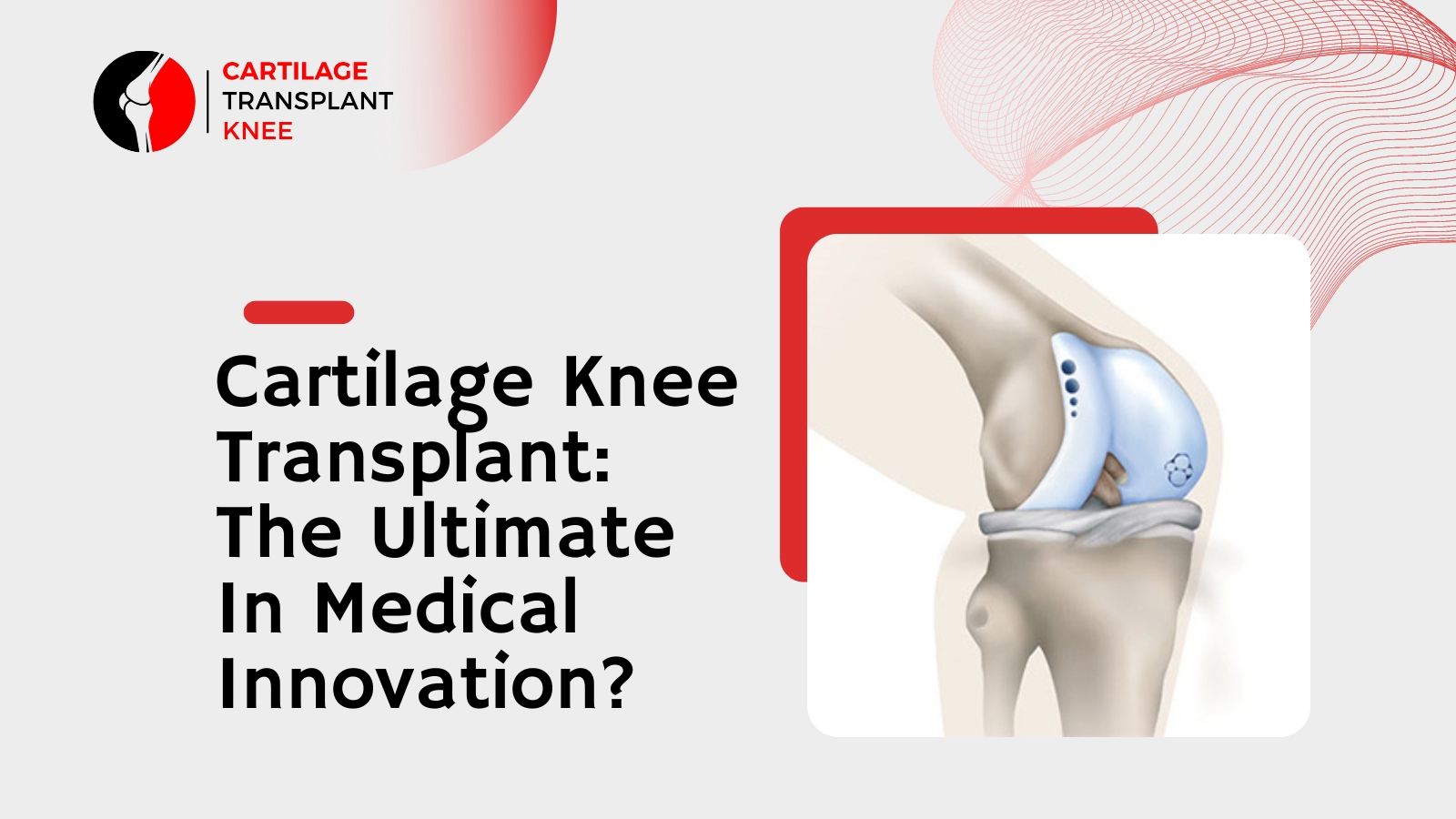Avascular necrosis, also known as osteonecrosis, is a condition that occurs when bone tissue dies due to a lack of blood supply. Although avascular necrosis is commonly associated with the hip joint, it can affect other joints as well, including the knee, shoulder, ankle, and wrist.
In this blog post, we'll discuss avascular necrosis of joints other than the hip joint, including its causes, symptoms, diagnosis, and treatment options.
Causes of Avascular Necrosis
Avascular necrosis occurs when there is a disruption in the blood supply to the bone tissue. This can be caused by a variety of factors, including trauma, long-term use of corticosteroids, alcohol abuse, and certain medical conditions, such as sickle cell disease and lupus.
In some cases, avascular necrosis can occur for no apparent reason, which is known as idiopathic avascular necrosis. While the exact cause of idiopathic avascular necrosis is unknown, it is believed to be related to a combination of genetic and environmental factors.
Symptoms of Avascular Necrosis
The symptoms of avascular necrosis can vary depending on the location and severity of the condition. In general, the most common symptom of avascular necrosis is pain in the affected joint, which may be worse when the joint is used or bearing weight. Other symptoms may include stiffness, limited range of motion, and joint instability.
In some cases, avascular necrosis can progress to the point where the affected bone collapses, which can cause a sudden onset of severe pain and disability.
Diagnosis of Avascular Necrosis
The diagnosis of avascular necrosis typically begins with a physical exam and medical history. Your doctor may also order imaging tests, such as an X-ray, MRI, or CT scan, to help confirm the diagnosis and determine the extent of the damage.
In some cases, your doctor may also recommend a bone scan, which involves injecting a small amount of radioactive material into your bloodstream to help identify areas of bone that are not receiving enough blood flow.
Treatment of Avascular Necrosis
The treatment of avascular necrosis depends on several factors, including the location and severity of the condition, as well as the underlying cause. In general, the goal of treatment is to relieve pain, improve joint function, and prevent further damage to the affected bone.
Non-Surgical Treatments
Non-surgical treatments for avascular necrosis may include:
Medications: Over-the-counter pain relievers, such as acetaminophen or ibuprofen, may be helpful in relieving pain and reducing inflammation.
Physical Therapy: A physical therapist can design an exercise program to help improve joint range of motion and strengthen the muscles surrounding the affected joint.
Assistive Devices: Using crutches, a cane, or a brace can help take pressure off the affected joint and provide support while walking.
Surgical Treatments
If non-surgical treatments are not effective, or if the avascular necrosis is advanced, surgery may be necessary. Some surgical treatments for avascular necrosis include:
Core Decompression: This procedure involves removing a small section of bone near the affected area to relieve pressure and improve blood flow to the bone tissue.
Bone Grafting: In some cases, bone tissue may need to be transplanted from another part of the body or from a donor to replace damaged bone tissue.
Joint Replacement: If the avascular necrosis has caused significant damage to the joint, joint replacement surgery may be necessary to restore joint function.
Preventing Avascular Necrosis
Although there is no guaranteed way to prevent avascular necrosis, there are several steps you can take to reduce your risk, including:
Avoiding excessive alcohol consumption
Managing medical conditions, suchsuch as sickle cell disease or lupus, that can increase your risk of avascular necrosis
Avoiding prolonged use of corticosteroids or other medications that can increase your risk of avascular necrosis
Maintaining a healthy weight and engaging in regular exercise to improve blood flow and reduce pressure on your joints
Avoiding smoking, which can reduce blood flow and increase your risk of avascular necrosis
Conclusion
Avascular necrosis is a serious condition that can affect any joint in the body, not just the hip joint. While the exact cause of avascular necrosis is not always clear, it is often associated with trauma, long-term use of corticosteroids, alcohol abuse, or certain medical conditions. If you are experiencing joint pain, stiffness, or limited range of motion, it is important to see a doctor for an evaluation.
Treatment for avascular necrosis will depend on the location and severity of the condition, as well as the underlying cause. Non-surgical treatments such as medications, physical therapy, and assistive devices may be helpful in relieving symptoms and slowing the progression of the condition. In some cases, surgery may be necessary to restore joint function.
By taking steps to reduce your risk of avascular necrosis, such as managing medical conditions and maintaining a healthy lifestyle, you can help protect your joints and prevent this serious condition from developing.

